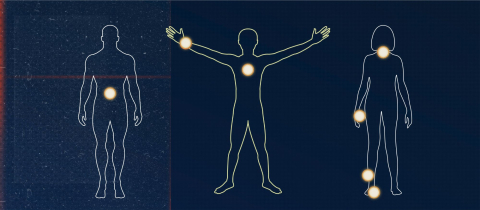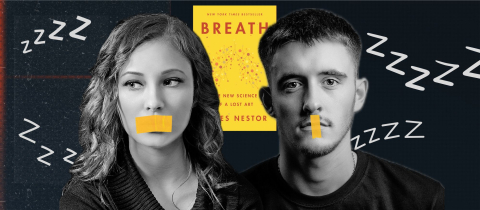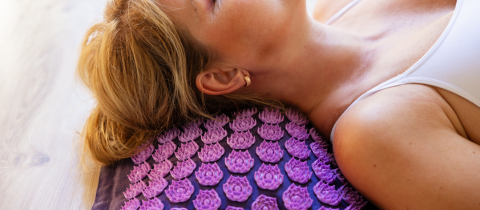Studies are the heart of science. But which studies do we take to heart? That is becoming more and more of a critical question as studies are being cranked out at a frenetic pace exploring every facet of our lives. On any given day we may hear about rosacea being improved by a kanuka honey preparation, cranberry juice helping to lower heart disease risk, olive leaf extract reducing inflammation, or fatty and sugary foods being linked to lower cognitive function, at least if you happen to be a mouse. And that’s not all. One can readily find dozens of other studies, ranging from how global warming may cause sex changes in lizards to the possibility that sodium octyl sulfosuccinate, a chemical used in some soft drinks to help mix the ingredients, may be linked to obesity. Or that consuming citrus fruits or their juices may increase the risk of melanoma.
The question is, what do we do with all this information? In some cases, as with the kanuka honey, the conclusion is simple. If you have rosacea, it is worth a try. But what is the take away message from the citrus fruit-melanoma study? Many newspapers reported on that one with headlines like “Drinking a glass of orange juice or eating a fresh grapefruit for breakfast may increase the risk of skin cancer.” Yes it may. Slightly. And only in combination with sun exposure. Let’s expose the details of this study.? Over a twenty-five year period some 100,000 male and female health professionals filled out questionnaires every two years about their diet, lifestyle, sun exposure and health status. Participants who drank more than a glass of orange juice a day, or ate fresh grapefruit more than three times a week, had an increased risk of melanoma. Of course, as we so often say in science, association cannot prove cause and effect. Wearing skirts doesn’t cause brea st cancer even though there is a strong association. In the case of citrus fruits, it is possible that people who live in sunnier climates have more access to citrus products and consume more of them. That would lead to an association with skin cancer without being the cause.
Statistics alone can never prove causality, but they can point researchers towards avenues to explore in search of a possible mechanism that might lead to a cause and effect relationship. Is there some such mechanism that may explain the melanoma connection? Possibly. Citrus fruits contain compounds called furocoumarins that are known to be photocarcinogenic, meaning that in combination with sunlight they can cause mutations in DNA , a prelude to cancer. Does this mean that we should give up drinking oran ge juice and eating grapefruit? No. Citrus fruits contain a number of compounds that have been linked with protection from cancer. And furocoumarins do not cause melanoma by themselves, only in combination with sun exposure. The take-away message then is to keep sipping that orange juice, but do it in the shade. And don’t forget the broad spectrum, SPF 30 sunscreen.







